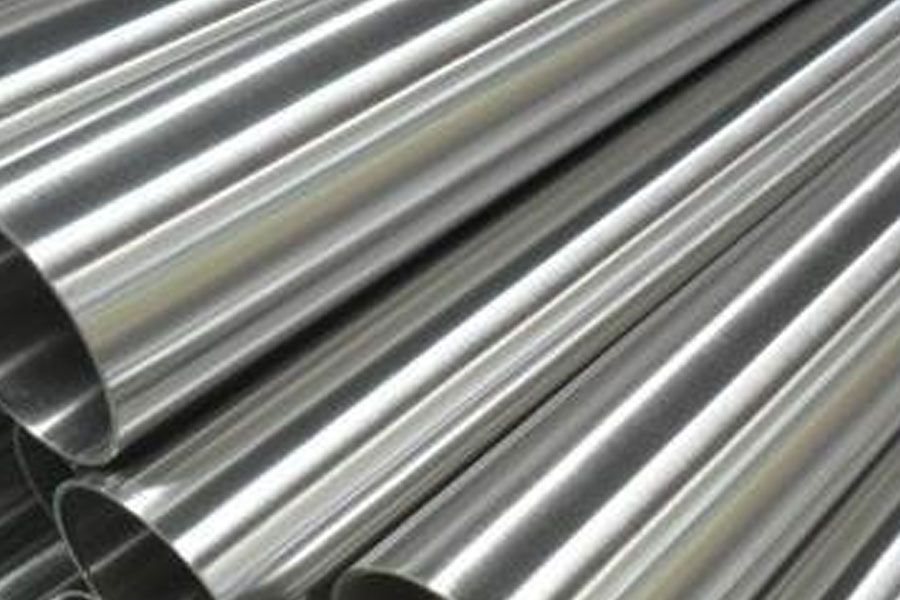I believe that friends in the industry are no strangers to the five-axis machining center. The five-axis machining center has a total of five motion coordinate axes, which are two motion rotation axes and three linear motion coordinate axes. Generally, the installation position is based on two rotary motions. Different can be divided into AC combined rotation axis and BC combined rotation axis. Today, the editor mainly introduces the five-axis machining center of the AC combination rotation axis. Next, the editor will introduce the working range of the AC rotation axis of the five-axis machining center. .
Working range of AC rotary axis of five-axis machining center
In general, the axis that makes a rotary motion around the X axis of the five-axis machining center is defined as the A axis, and the working range of the A rotary axis is +30 degrees to -120 degrees. The worktable of the five-axis machining center is equipped with a rotary axis. This rotary axis rotates around the Z axis. We define it as the C rotary axis. The working range of the C rotary axis is 360 degrees of rotation. A five-axis machining center with A-rotation axis and C-rotation axis, the workpiece can be machined in one clamping to complete the processing other than the mounting surface. Generally, the minimum division value of the rotation axis A and the rotation axis C is 0.001 degrees, so that no angle other than the mounting surface can be processed, and complicated processes such as processing inclined surfaces and inclined holes can be processed. It can be realized that the A rotation axis and the C rotation axis and the XYZ linear three-axis are processed by five-axis linkage, which can process complex curved workpieces. Of course, a good CNC system, servo motor system and software support are required.
Structural advantages of the setting of the AC rotary axis of the five-axis machining center
The above-mentioned advantages of the installation of the AC rotating shaft are the advantages of simple structure, good rigidity of the main shaft, and low manufacturing cost. In general, the worktable cannot be set too large, and the load bearing is relatively small, especially when the A-rotation axis rotates to 90 degrees or greater than 90 degrees, the workpiece will bring a very large bearing torque when processing the workpiece.
